Syeda Sadia Hasan: “77% of the vulnerable non-poor people have fallen below the poverty line income due to the COVID-19”
We have talked with BRAC to know how Covid-19 has affected Bangladesh and its rates of extreme and new poverty.
For the first time since 1998, it's expected that poverty rates will go up as the global economy falls into recession due to COVID-19. Do you think that it will be a transitory trend until the pandemic will be under control?
According to the World Bank recent estimates, due to the COVID-19 crisis, global poverty rates will go up and it could increase around 9% in 2020. The ramification of health shock, coupled with the economic slowdown, will not quickly dissipate.
The effect will be seen, especially on the "new poor" who suffered joblessness and reduced income due to lockdown and subsequent economic slowdown. The vulnerabilities of these people were not considered before the COVID-19 crisis. BRAC estimates that it will take at least two more years for an economic recovery with the combined effort of government and non-government organisation.
Why has COVID-19 increased the number of people who are at risk of poverty?
The ensuing global lockdown due to the pandemic and slow down of economic activities in the first half of the year exacerbated the vulnerabilities of a class of people mostly from the informal and semi-formal service-oriented sectors who either lost jobs or succumbed to reduced income. These people who were not considered poor before the pandemic are now exposed to the harsh realities of loss of livelihood, sickness and food insecurities leading to the increase in the number of people at the risk of poverty.
What is the situation in Bangladesh?
Suppose we concentrate our focus on the poverty situation due to COVID-19 without delving into a discussion on health, according to a recently concluded joint rapid survey (Livelihoods, Coping and Support during COVID-19 crisis, 2020) of BRAC Institute of Governance and Development (BIGD) and Power and Participation Research Centre (PPRC), the two Bangladeshi research institutes, it is evident that with the onset of the COVID-19 pandemic there was the uncertainty of livelihood and contraction in consumption due to income shock among the respondents both of urban and rural areas.
The initial impact was more severely seen among the urban poor. The global emergence of the class "new poor" is also seen in Bangladesh. They are the people who lived just outside the poverty line threshold, maintaining a subsistence livelihood based on mostly informal sectors. The research showed that 77% of this vulnerable non-poor group falling below the poverty line income due to the impact of COVID-19 crisis.
Also, from our field experience, we found that this "new poor" household has resorted to reverse migration (urban to rural) as they failed to maintain their expenditure in cities. Many of whom are without any savings or social capital. These people now have to be reintegrated to economic activity if we want to avoid worsening poverty situation.
Is the bangalee system prepared to fight against a growth of extreme poverty?
Poverty is heterogeneous, and the people hit hardest by poverty confronts a multitude of interconnected problems rather than facing one specific challenge. These people are often simultaneously struggling to cope with food shortages, poor health, social stigma, homelessness, and lack of essential services and prone to different shocks. In most cases, they don't have the skills, resources, or savings to respond to this kaleidoscope of challenges. These people are defined as 'ultra-poor'. Although Bangladesh has made significant progress in reducing poverty in the last few decades bolstered by various poverty reduction measures and programs by the government, development agencies and non-governmental organisations' successive drive, a section of people remained 'ultra-poor' (leaving below USD 1.9 per day).
The recent addition of the "new poor" into the scenario due to COVID-19 will be a step back in fighting extreme poverty.
What difficulties do you have to face in your daily task because of the pandemic?
In response to COVID-19, BRAC's initial focus was on prevention from the spread of the deadly virus through community engagement, behavioural change and mass campaigning. In parallel, BRAC assisted in strengthening systems, through providing information, volunteers and resources to government and civil society organisations. As BRAC realised that the economic impacts of the pandemic would be protracted, it has been focusing on livelihood restoration, developing a mid to long-term strategy for economic revitalisation of those living in extreme poverty. BRAC field staff were the one of the few frontline workers who worked beside government to fight the pandemic.
The year 2020 has been a challenging year for UPG programme. At the advent of COVID-19, BRAC and the programme temporarily suspended all field activities that required mass gathering. They took all the necessary steps to safeguard the staff as well as the participants. Additionally, they ensured that the necessary support was provided to those in need at the immediate outset of the disease. Maintaining maximum safety for the participants, community and the staffs, the programme made substantial customisations to its operational strategy and implementation method. The regular programme activities were halted and modified where appropriate to cope with the risks of the adverse situations for example, by switching to digital platforms, revisiting targets, making amendments in the modalities of operational activities.
How can people help you?
People need to be more sensitised about extreme poverty and the cycle of poverty. During the pandemic, we have observed how effectively the committee made of community representatives formed by the UPG programme have worked to mobilise resources to lessen the plight of the pandemic affected ultra-poor population. Similarly we believe it is not only local community but people of global community can work together. Peoples' concerted effort can alleviate extreme poverty; but it has to be channelled to the right people at and at the right time.
From your point of view, what steps do you propose the bangalee government must take to eradicate poverty? Were they on the right track before the pandemic?
Bangladesh Government, in its five-year plans (Currently 8th five year plan) and national social security strategy, has given the proper emphasis on how to tackle extreme poverty. What was required is that right targeting and reach to this vulnerable population and maintain sustainability of these efforts in a concerted way. Also, the government declared a hefty stimulus package, cash transfers to the extreme poor people to recover from this economic shock but the same question
of targeting resurfaced again. Here we think NGO like BRAC with its experience and expertise in effective targeting technique can support the government.
Looking ahead, how do you see Bangladesh in ten years? Are you optimistic?
Looking ahead, we are optimistic that we can fight back the extreme poverty. We have the tools, evidence and experience. We have to consider the "new poor" and approach their vulnerabilities with new lenses and customised intervention. This is where we will require additional resources but we are ready to take up the challenge.
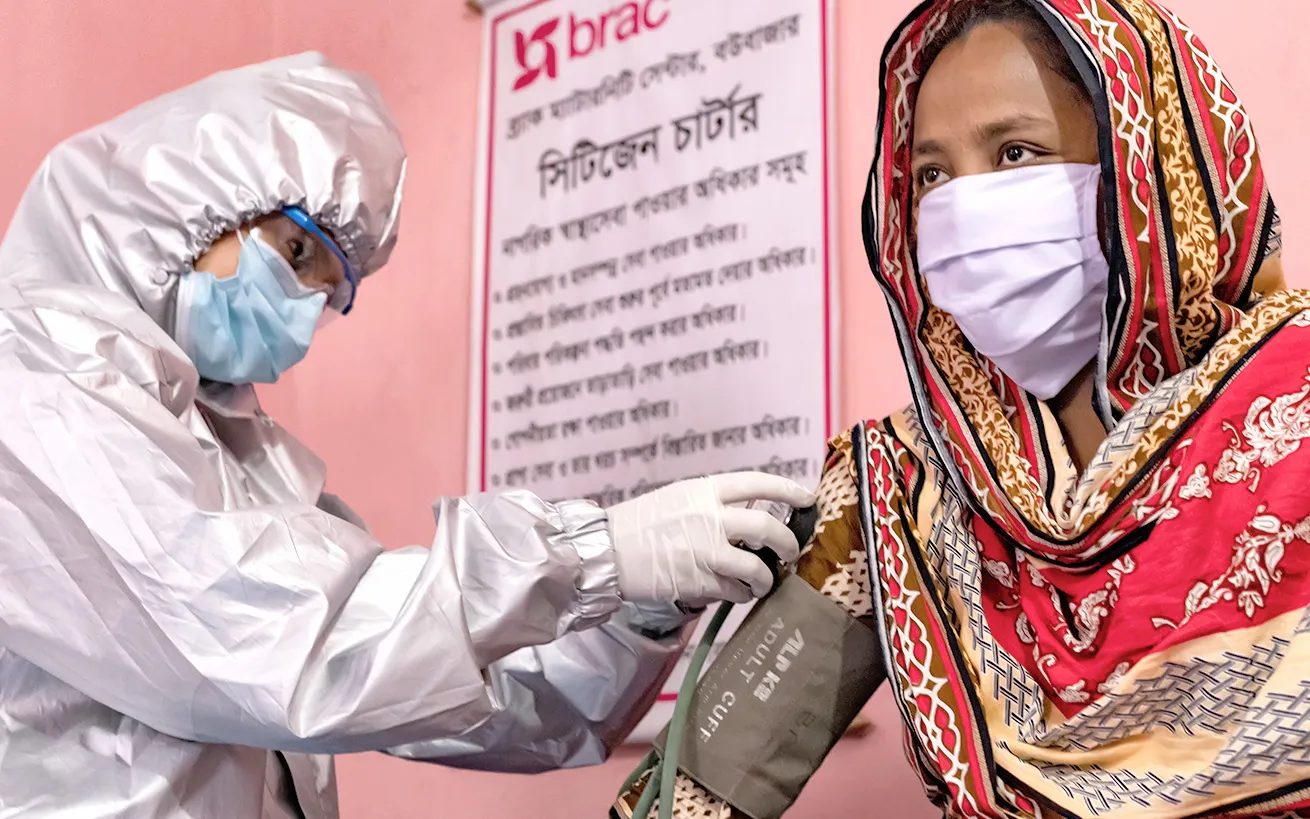


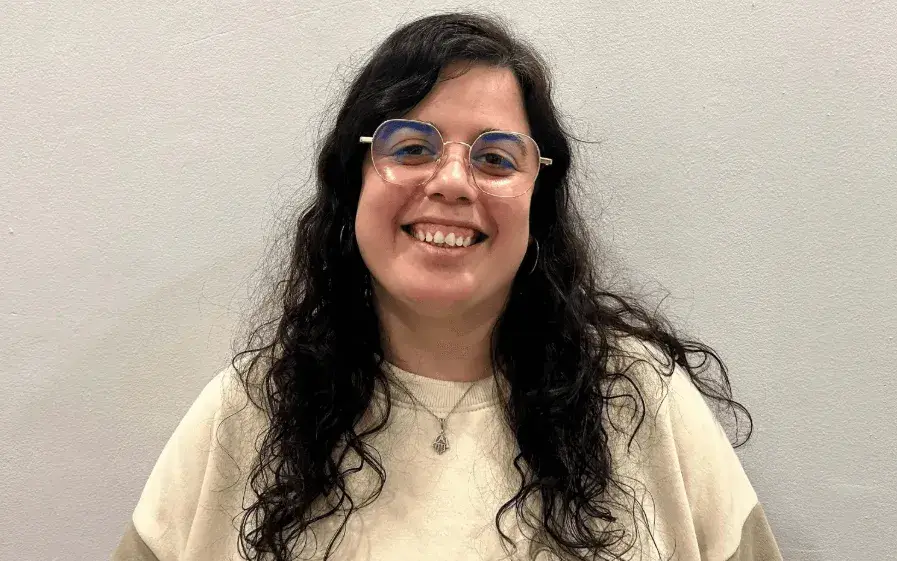
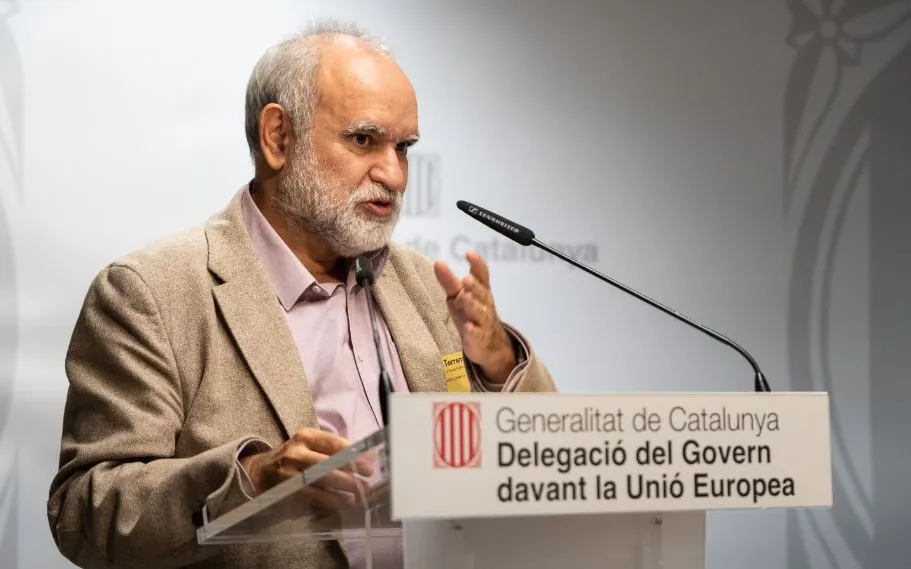
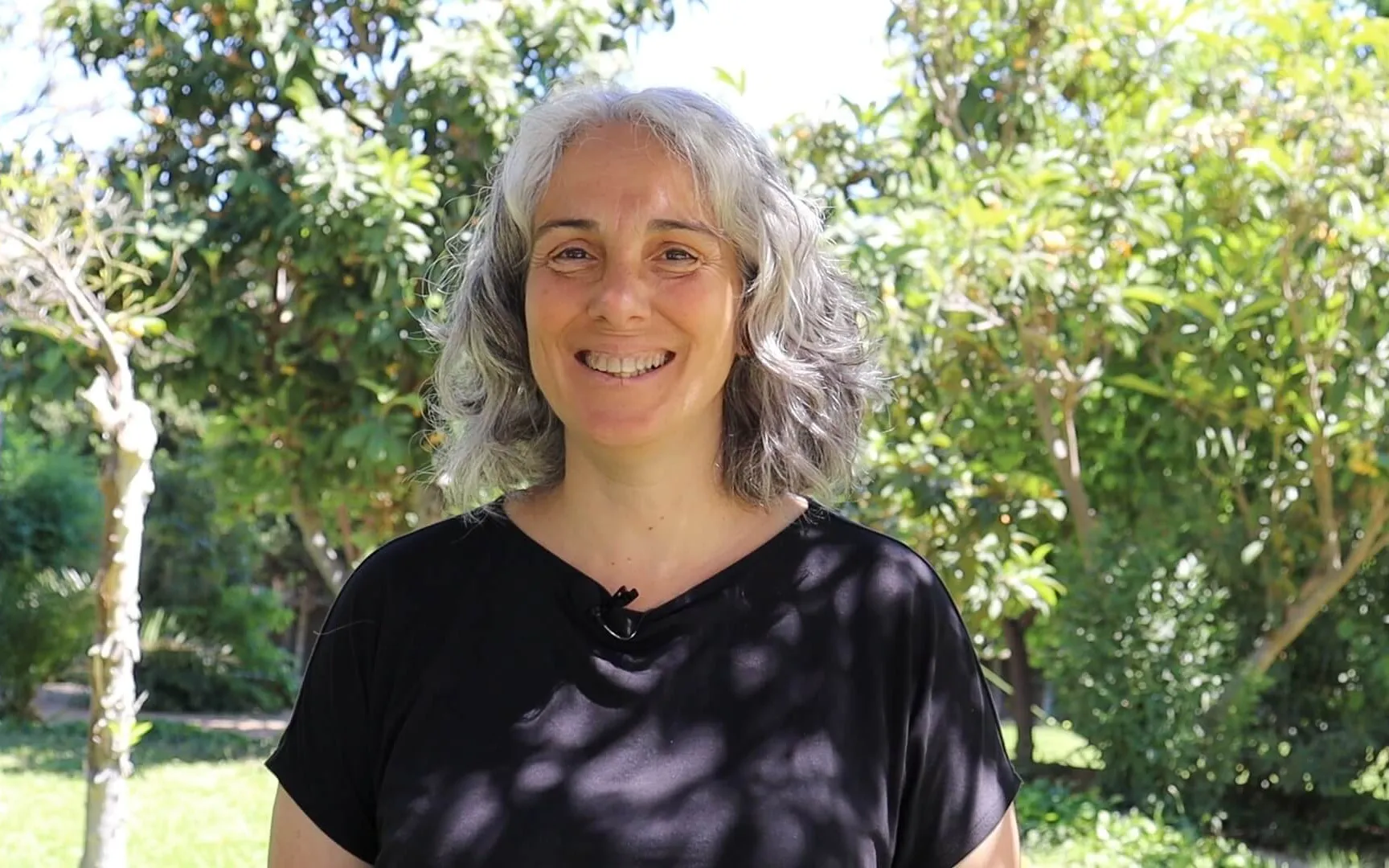
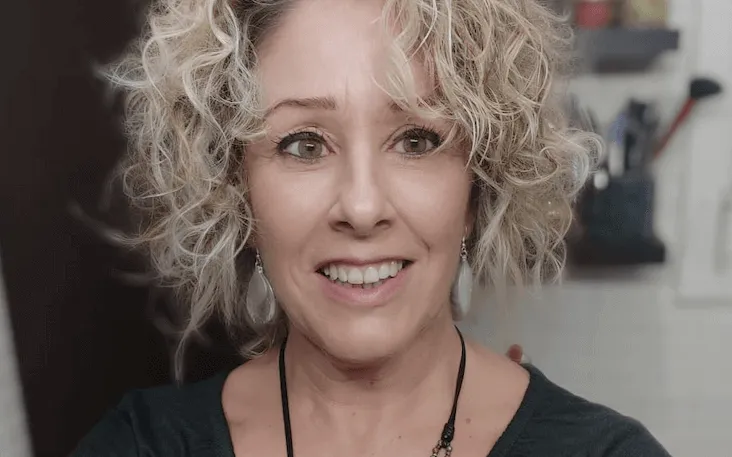
Add new comment